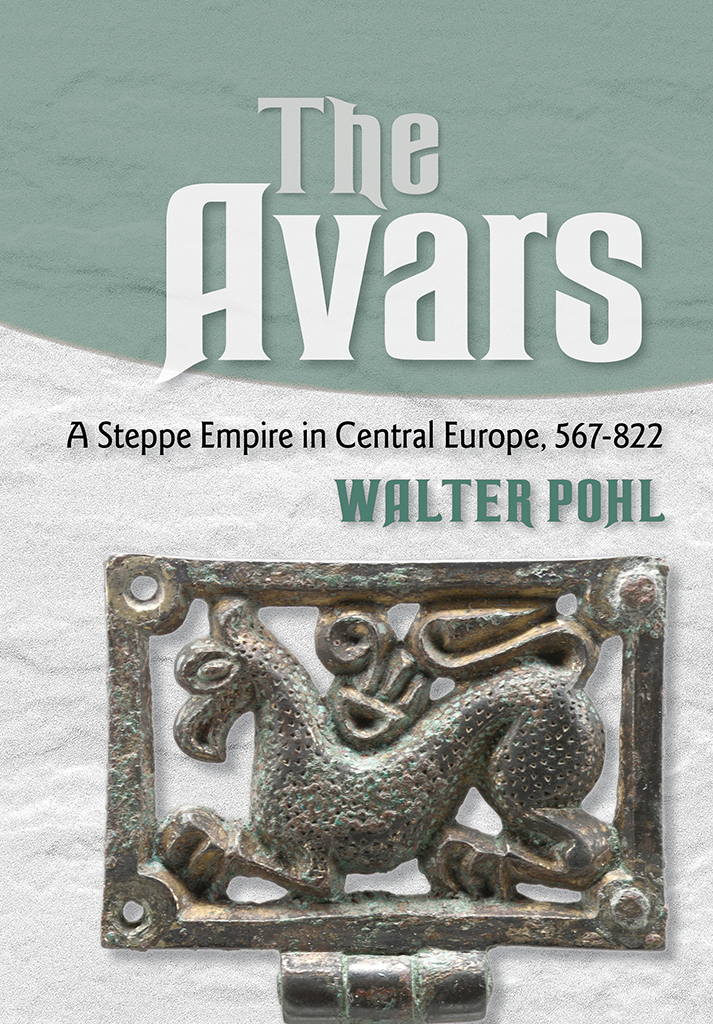October 1, 2018 | Walter Pohl | HI Research Blog |
Thirty years ago, my first book came out: it was about the Avars, written in German and had a good 500 pages, about 150 of which were footnotes. In spite of that, the book still sells.1 In many respects, writing it had been a venture into the unknown: far beyond the Latin and Greek world with which I was familiar, into the Central Eurasian steppes and into the many languages in which perceptions of them had been written down, and which despite some stubborn attempts at Arabic, Turkic and Persian I never sufficiently mastered. The Central Asian background of the Avars remained quite blurred, but it made the Avars stand out in a particular light. To some extent, the sixth century was a period of early globalization, in which we get surprising information about far-reaching contacts along the silk road. To find allies against Avars and Persians, Byzantine envoys travelled as far as the Tienshan mountains. Frankish annals preserve the exotic titles of late Avar notables: khagan, iugurrus, tudun, kapkhan and canizauci. And in a poem in praise of Charlemagne’s son Pippin after his victory over the Avars, the khagan appears in state with his wife, the katun: in the same way as khagan and katun act in unison in Old Turkic inscriptions in modern Mongolia. In a sense, Central Eurasian steppe culture stretched as far as the Alps.
As I wrote in the introduction of the book, “few of the peoples who determined the fate of Europe during the transition from Antiquity to the Middle Ages have remained so poorly known as the Avars.” Fierce warriors and canny power brokers, the Avars were more influential and their rule more durable than Attila’s Huns, yet they have largely remained hidden in the shadows of history. The Avars arrived in Europe from the Central Asian steppes in the mid-sixth century CE and subsequently dominated much of Central and Eastern Europe for almost 250 years. They constructed a fast-expanding steppe empire in the middle of Europe, with its core in modern Hungary, and challenged Byzantium with repeated raids into the Balkan provinces. In 626, they were the first barbarian power to besiege Constantinople, in an alliance with the Persians. After the failure of the siege, their expansive phase was over, but they managed to maintain their rule for almost another two centuries. Only in the late eighth century did their empire fall, under the pressure of the Frankish armies of Charlemagne. Soon, they disappeared as a distinct political and ethnic unit.
The Avars have left almost no written record, apart from a few non-deciphered short runic texts. But there is hardly an European people from which such a rich heritage in furnished graves has remained. Quite a few of them are equipped with gold and silver, and many with weapons or female ornaments. When I wrote the book, about 30,000 Avar period graves had been excavated; now there are about 70,000. Thus, we know a lot about personal representation and ways of life. For instance, many finds of braid clasps in male graves confirm the information in written sources that the Avars wore braids. Stirrups often appear in warrior graves; the Avars were the first Europeans who consistently used this important innovation in riding technology .
Now, after so many years, an English translation is about to be published with Cornell University Press. In fact, it is not simply a translation; reassessing it, I ended up revising, adding, correcting and rewriting. In particular, I had to write new archaeology chapters, and to change much in the Central Asian sections. Both are fields in which much progress has been made in the past 30 years. Fortunately, my basic narrative of Avar history has remained almost unchallenged, although I had challenged quite a few older views when I wrote the German book. The long process of revising is now finally over, and the book is due out in December. Strangely enough, it is the first book-length study of the Avars in English. So far, there had only been a long article by H.H. Howorth in the Journal of Royal Asiatic Society in 1889. The Avars are interesting not least because of their seeming contradictions: a nomad people that soon became settled in Central Europe; ruthless warriors but always ready for negotiations and treaties; firmly rooted in Europe but looking out to the far east until the end; one of the great powers in early medieval Europe but one that has received little attention from researchers, in particular in the English-speaking world. I hope I can convince many readers how fascinating Avar history is.
